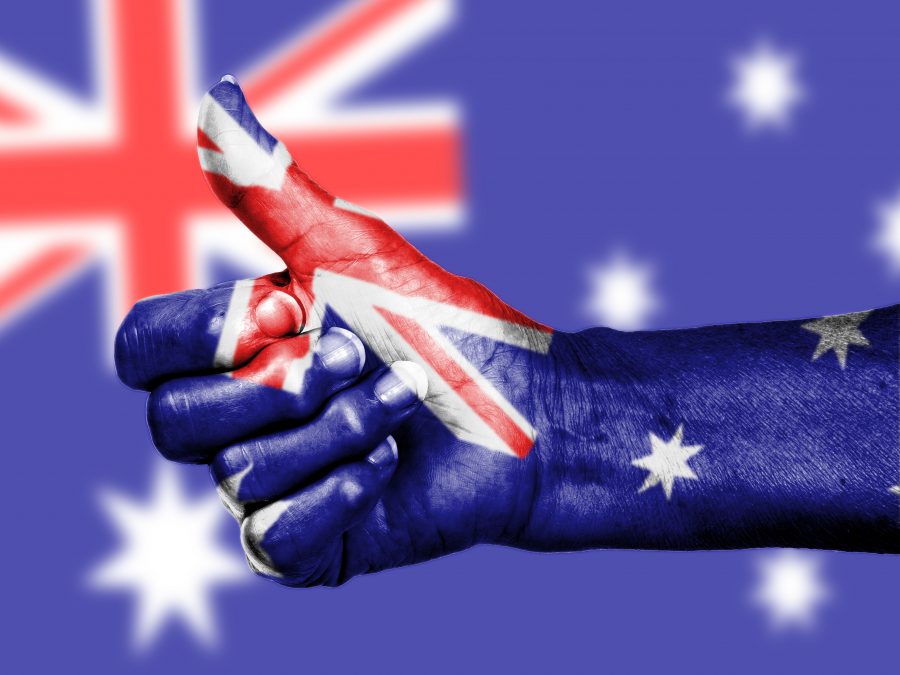Category: Uncategorized

How I’m going to save the Australian economy.
So the sun was finally shining here in Ireland up until a few days ago and now we’ve reverted to the usual cold and wet conditions we are all to familiar with and I’m totally over it. I am starting to think waiting for the summer in Ireland is a bit like waiting…
“Thank you..!”
The Australian Permanent Residency visa application process is one of the most daunting and at times frustrating things I have ever done. Mege was there every step of the way to advise on what documents to submit and in what way. I think it definitely makes sense to have expert knowledge on this complicated process.…

What type of evidence do you need to apply for an Australian Partner visa
Here is a video I made a while back about the types of evidence you should include in your Australian partner visa application. Don’t mind the funny face, the joy of video editing! What type of evidence should you include in your Australia visa application? This is a common question for anyone intending to apply…

The decision to emigrate to Australia
3 tips to making the right decision to migrate to Australia Countless hours spent on google searches have been done on this question here in Ireland. Since the recession hit Ireland back in 2007 Irish people continue to move between Ireland and Australia on a frequent basis. The topic of immigration, emigration, Australian visas galore,…
I want to go back to Australia!
In the last month or so I’ve received a number of emails from people who have been living and working in Australia and who have recently returned to Australia after their first or most times second working holiday visas have come to an end. The emails tend to carry the same message, I…
Mick Rogers way to go!
Photo: AFP I’ve been following the Tour de France 2014 and loving it. Michael Rogers, one of the riders for Team Tinkoff Saxo is one of my favourite riders to watch, and he’s an Aussie. I also followed him in the Giro D’Italia this year where he won 2 stages of this amazing bike…
You’re almost there . . .
Follow the “Buy Now” button below to pay for your Visa Assessment assessment. Completed forms will be received once submitted but will not not be processed until corresponding payment is received.
Australian Mining Driving Growth in Perth
Western Australia’s capital city is reinventing itself as the shining face of a mining boom. “Perth hasn’t seen this level of development for over 20 years,” Western Australia Property Council’s Damian Stone said. “It’s dramatic, and reflects how the dynamic of the city itself has grown. We are now a world-class city and that has…
Client Service Statement
When you deal with The Immigration Agency you will be treated with courtesy. You will be provided with fair and honest advice. Any communications will be provided in a timely fashion and your personal information will be treated with the highest level of confidence. …
You must be logged in to post a comment.